How to select the measurement point for motor noise under free field conditions?
When measuring motor noise, different operating points are selected to measure multiple values according to the requirements of standards or specifications. GB10069.1 stipulates the selection of operating points according to the size of the motor, mainly involving the reference envelope surface, the number of measurement points and the location of the points.
When the motor is tested for noise using the sound pressure method under approximately free field conditions, the test surface should be selected based on the different shaft center heights and lengths, and the test points can be simplified. The specific regulations are as follows:
For motors with a shaft center height of 90 mm or less , a hemispherical test surface is used for testing. Specifically: (1) The center point of the test radius is the intersection of a vertical line directly below the motor center and the ground (the ground can reflect sound). (2) The test radius is set to 0.4 meters. (3) A total of four points are measured, arranged in four mutually perpendicular directions: front, back, left, and right of the motor. (4) Each test point is 0.25 meters above the ground.
For motors with a shaft center height greater than 90 mm and less than 225 mm, and a length less than 1 meter , a hemispherical test surface should still be used for testing. Specific requirements are as follows: (1) The test radius is 1 meter. (2) A total of 5 points must be measured, 4 of which are in the front, back, left, and right directions perpendicular to each other, and the other point is directly above the motor. (3) The height of the 4 measuring points around the motor is 0.25 meters (from the sound-reflecting ground). (4) The height of the measuring point directly above the motor is 1 meter from the sound-reflecting ground.
For motors with a shaft center height exceeding 225 mm or a length exceeding 1 meter , a parallelepiped (which can be understood as a shape similar to a rectangular block) test surface is used during testing. The specific requirements are as follows: (1) The vertical distance from each measuring point to the outer surface of the motor is 1 meter. (2) A total of 5 points are to be measured, 4 of which are in the four mutually perpendicular directions of the front, rear, left, and right of the motor, and the other is directly above the center of the motor. (3) The height of the 4 measuring points around the motor (front, back, left, and right) is the same as the height of the motor shaft center. (4) The height of the measuring point directly above the motor is 1 meter from the motor surface. If the sound level difference between adjacent measuring points is greater than 5 dB, additional measuring points should be added between them until it is less than 5 dB. For larger motors, additional measuring points should also be added, and the straight-line distance between the measuring points should not be greater than 1 meter.
The measured noise value should be calculated according to the requirements and rules of the standard as the final measured noise value of the motor.



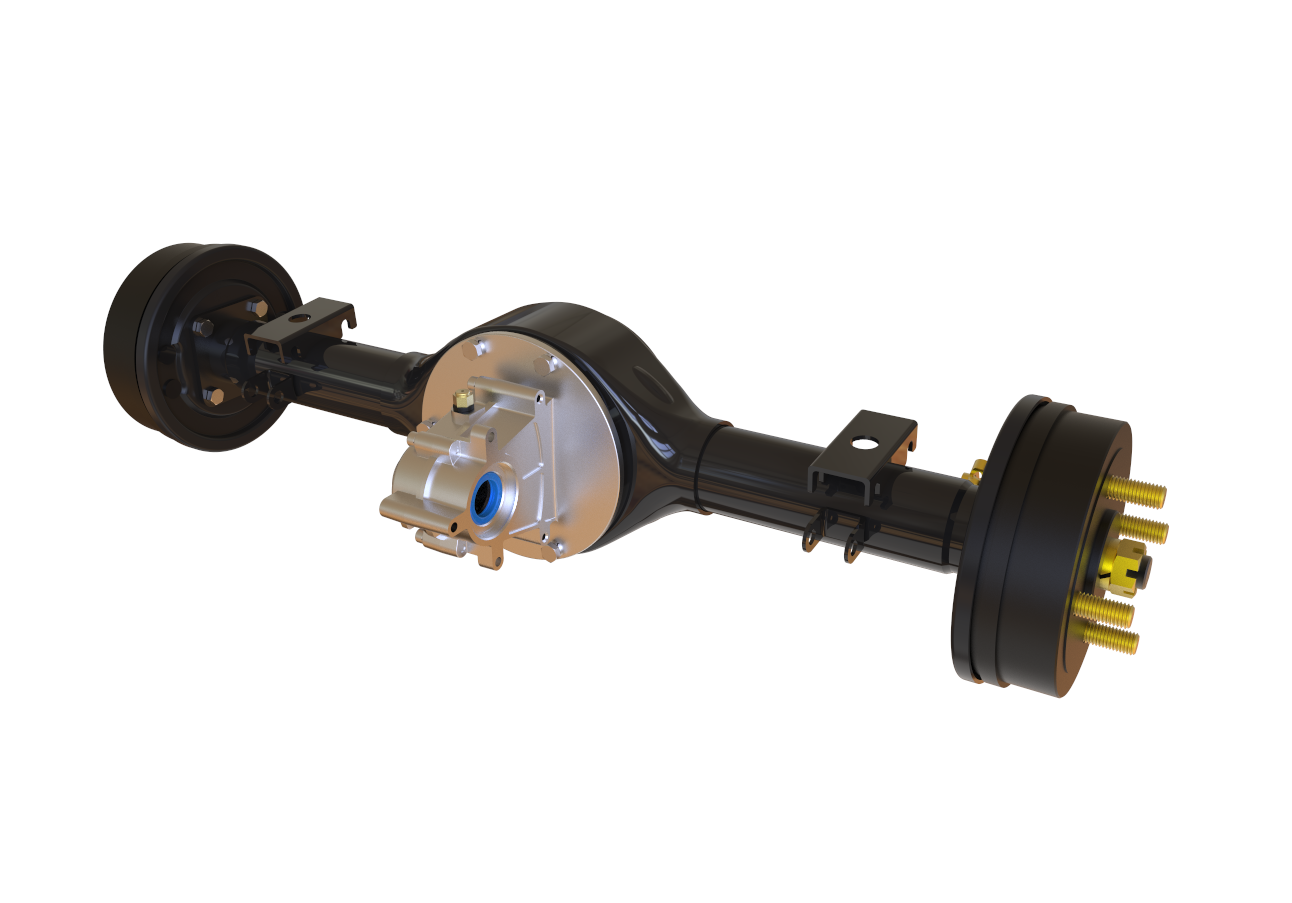


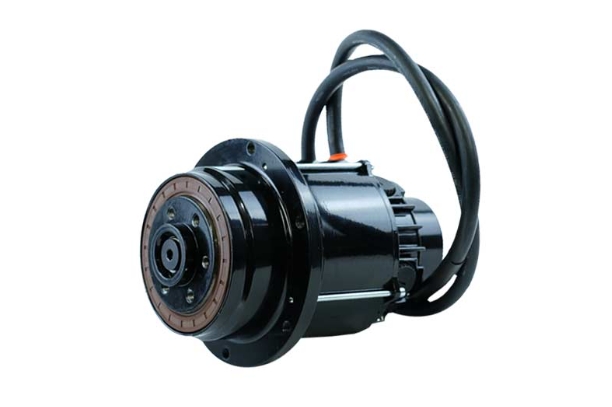
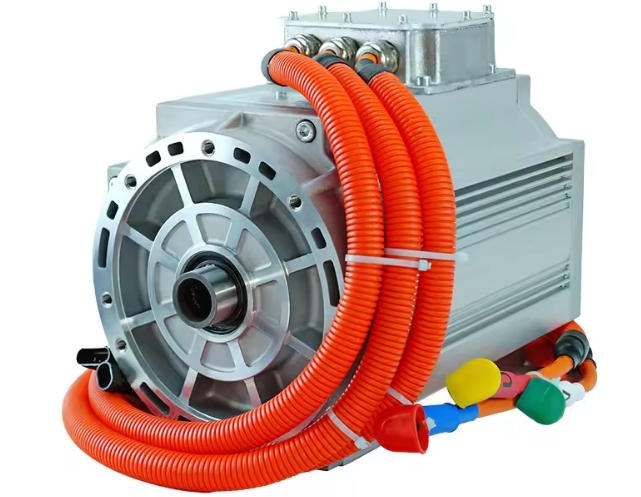
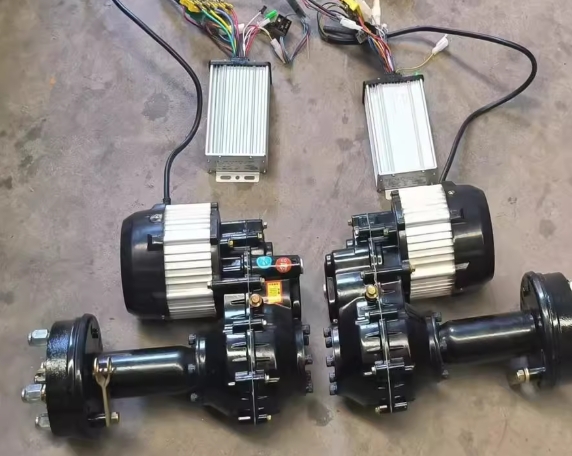
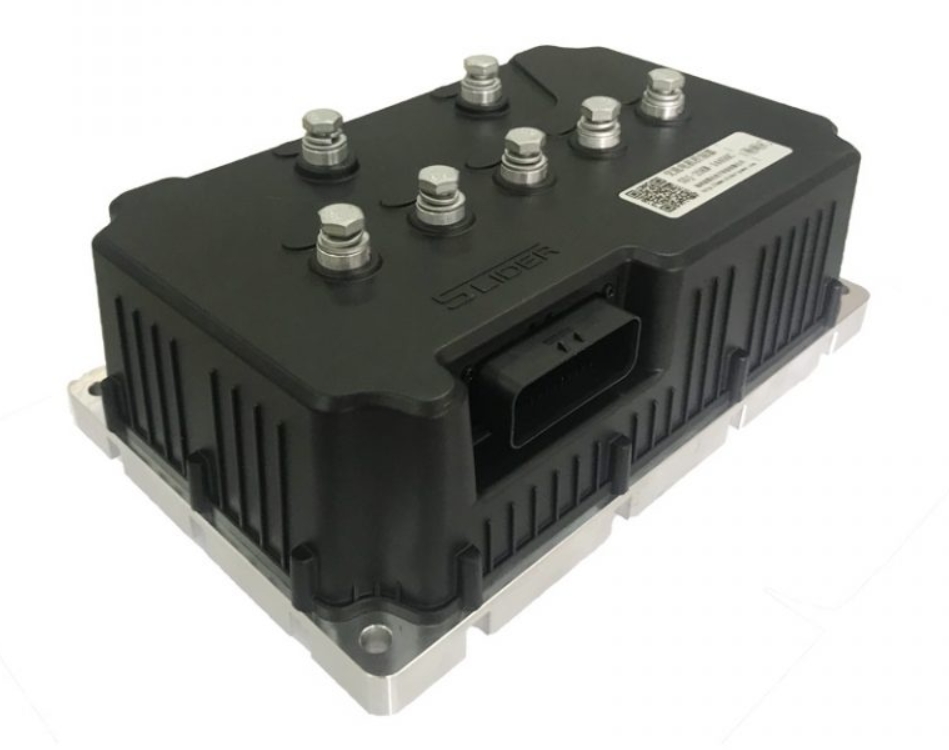

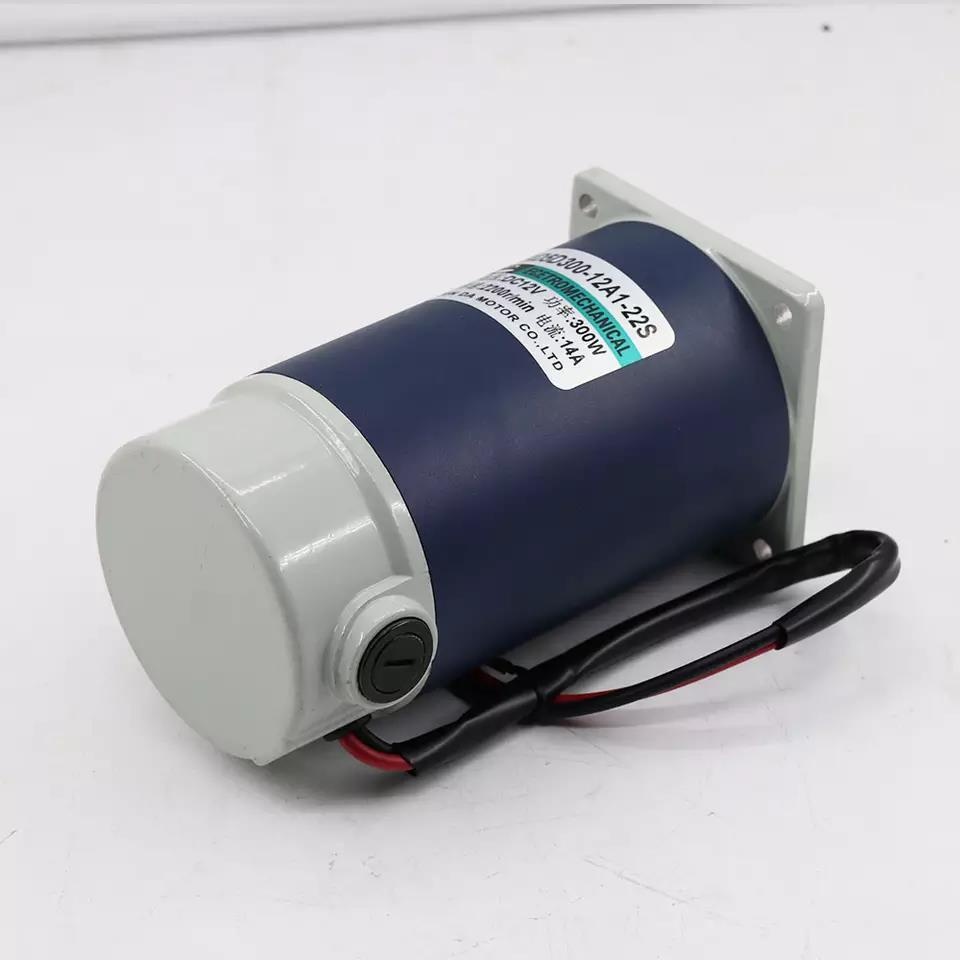

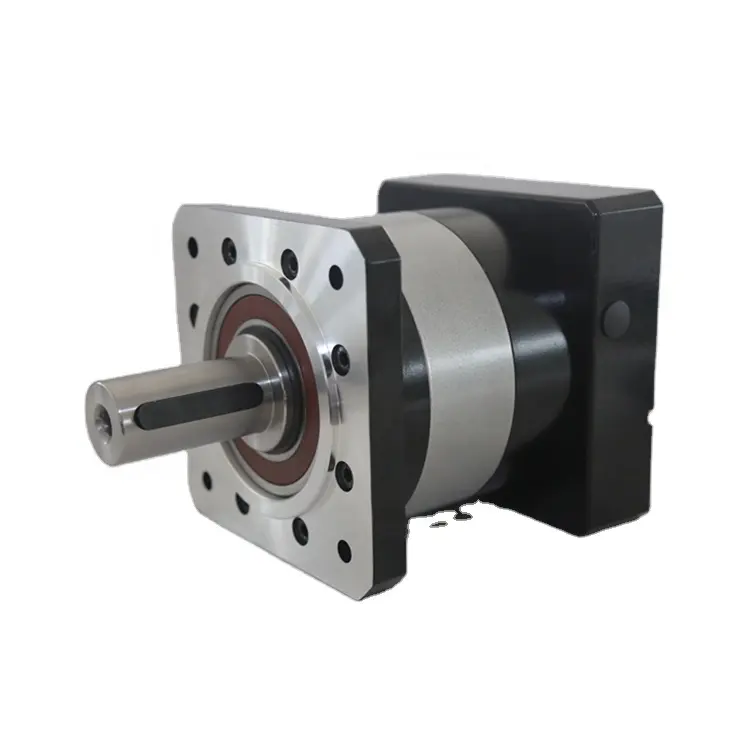
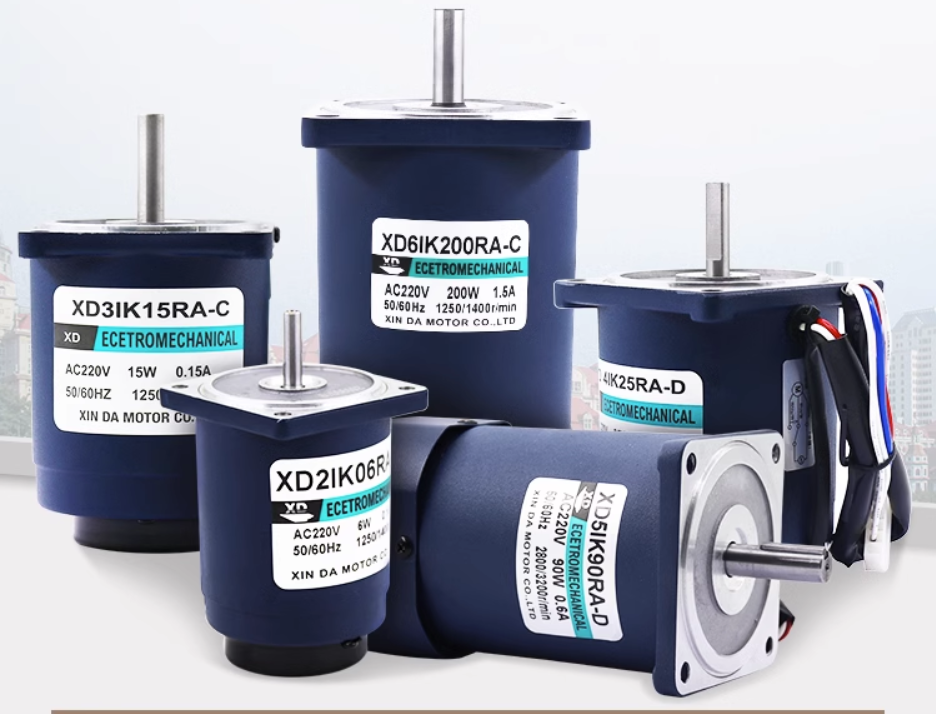


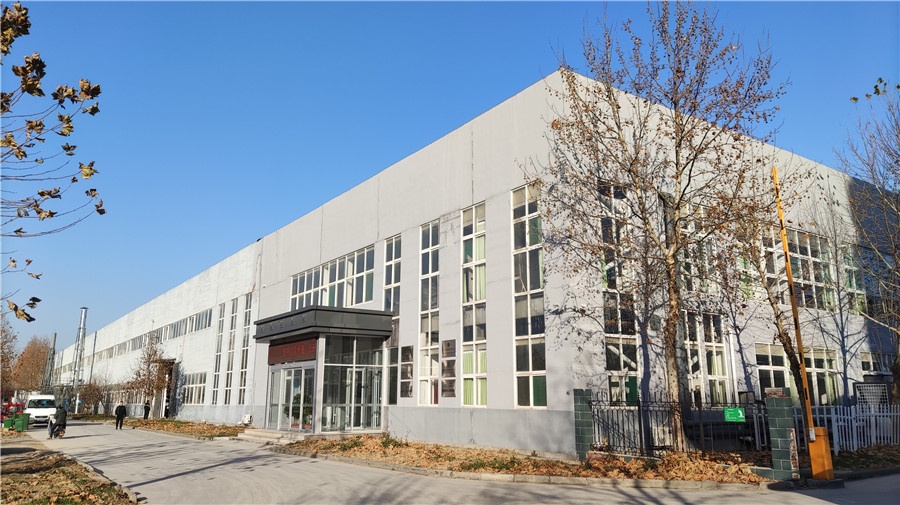
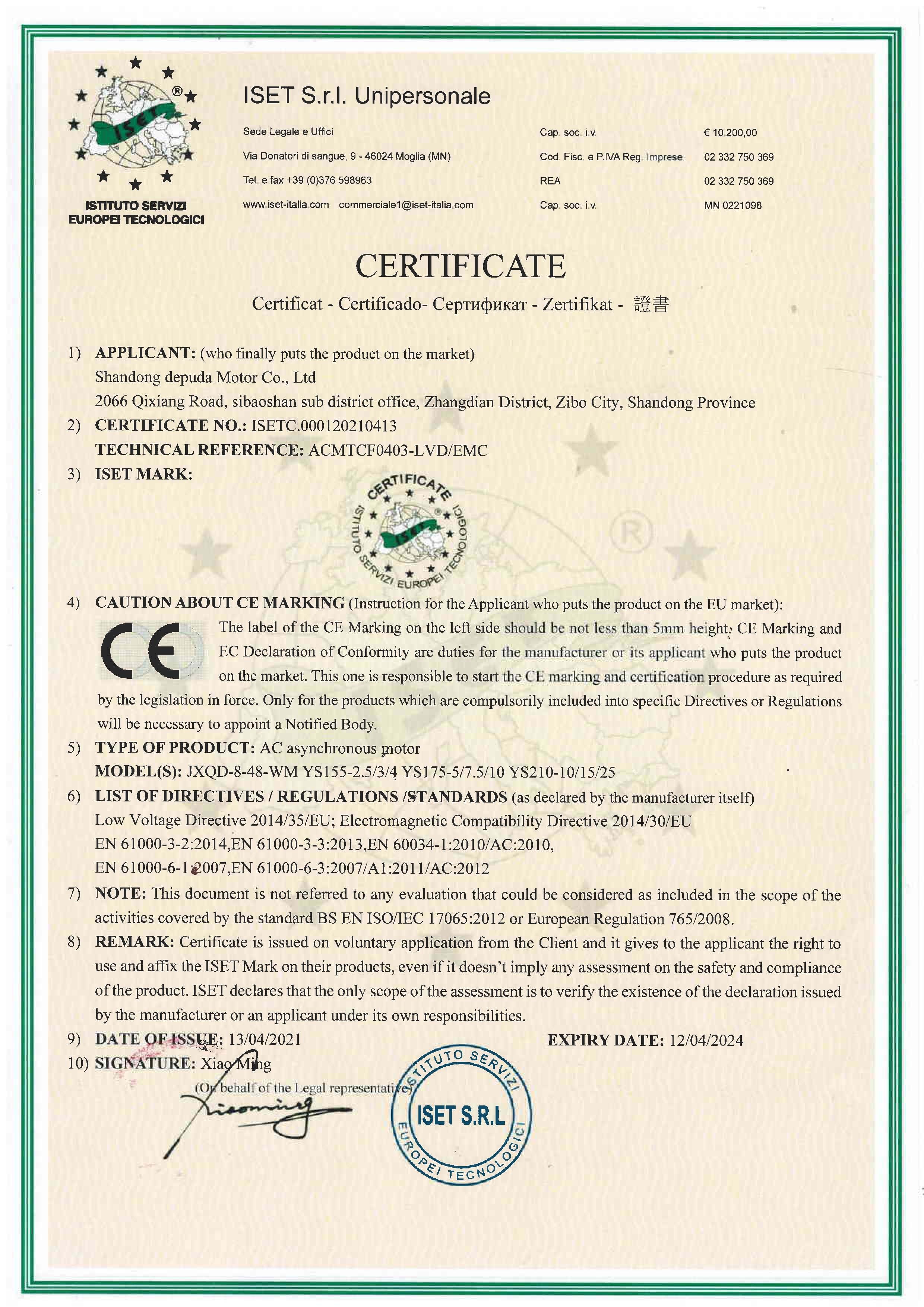








 XINDA
XINDA